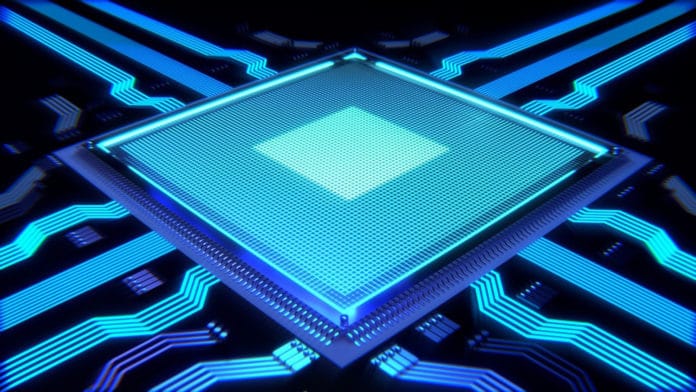The use of Light-to-frequency circuits (LFCs) sometimes leads to wastage of chip area and poor performance of photosensors. This limitation has been resolved in new research by Incheon National University, South Korea.
Scientists have developed a new ergonomic photodetector, i.e., highly photosensitive LFC, that offers improved chip area economy, high tuneability, and superior compatibility with flexible electronics.
Light/photo sensors have now become an essential part of the economy. These sensors are nothing but tiny semiconductor-based electronic components that detect light and convert them to electrical signals.
In recent years, photosensors have gathered so much scientists’ interest. Scientists have endeavored to develop sensors that can detect a high dynamic range of lights and are easy to manufacture and energy-efficient.
Most of the sensors are susceptible to noise in the external environment, which adversely affects their performance.
This newly developed, highly efficient system of photodetectors addressed the limitations of conventional LFCs.
In their study, scientists reported developing complimentary photosensitive inverters with p-type single-walled carbon nanotubes (SWNT) and n-type amorphous indium-gallium-zinc-oxide (a-IGZO/SWNT) thin-film transistors.
Prof. Sung Hun Jin from Incheon National University, South Korea, said, “Our photodetector applies a different approach with regard to the light-to-frequency conversion. We have used components that are light-dependent and not voltage-dependent, unlike conventional LFCs.”
Thanks to the architecture of this new ergonomic photodetector, it offers superior chip area efficiency and compact form factor. These features make it suitable for use in flexible electronic devices.
The photosensor shows excellent optical properties during experiments, including high tunability and responsiveness over a broad range of light.
Prof. Jin said, “The LFC system developed in this study can be used to build optical sensor systems that have high-level signal integrity, as well as excellent signal processing and transmitting abilities. These promising properties make it a strong contender for application in future Internet-of-Things sensor scenarios.”
“LFCs based on low dimensional semiconductors will become one of the core components in the trillion sensors area. Our LFC scheme will find application in medical SpO2 detection, auto-lighting in agriculture, or advanced displays for virtual and augmented reality.”
Journal Reference:
- Jinheon Jeong, Seung Gi Seo et al. Flexible Light-to-Frequency Conversion Circuits Built with Si-based Frequency to-Digital Converters via Complementary Photosensitive Ring Oscillators with p-Type SWNT and n-Type a-IGZO Thin-Film Transistors. Journal: Small. DOI: 10.1002/smll.202008131
